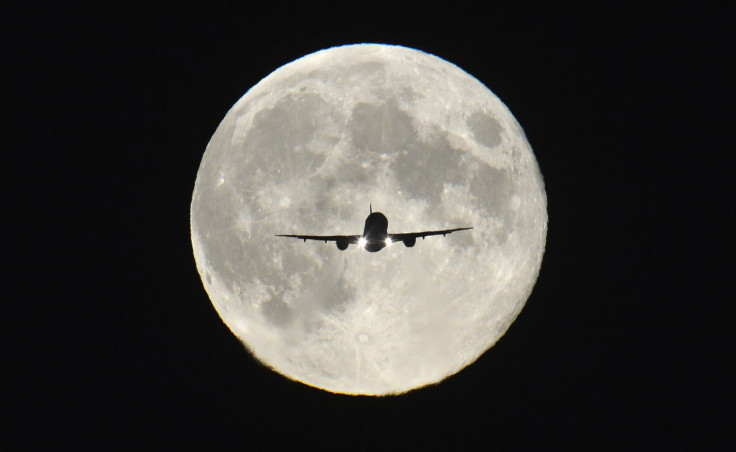Full Moon September 2017: It Won't Be A Harvest Moon Like Usual

The Full Corn Moon will take the skies early Wednesday morning. The September full moon is usually referred to as the Harvest Moon with the exception of years during which September’s full moon is not the closest full moon to the autumnal equinox. This year the full moon closest to the equinox will be in October, meaning that moon will be the official Harvest Moon, according to Old Farmer’s Almanac.
This week’s full moon is the Corn Moon or the Barley Moon because it will occur during the best time to harvest those crops. After this full moon and October’s full moon the moon will be rising sooner after sunset than it usually does. When it does, it will hang big in the sky for some time before moonset the next day, according to Old Farmer’s Almanac.
The moon will be at its fullest at 3:02 a.m. EDT on Wednesday morning, but if you try to catch it before that it will probably still look full to the naked eye. There will also be a few other sights to see in the sky that night and morning. Neptune will make an appearance. As viewed from Earth, Neptune will come within .73 degrees of the moon around 1 a.m. EDT, reported Space.com.
Viewers can look for Neptune using binoculars or a small telescope. It should be visible most of the night but will be at it’s highest point in the sky around 12:40 a.m. EDT. It’s currently mostly in the opposite position of the sun which is what make it visible for so much of the night. If you’re hoping to get a glimpse of the planet, now is your best bet for the entire year. You can check the time all the planets will rise and set online.
For those in the city who want to see Neptune, it might be necessary to get somewhere with a little less light pollution. But even in areas with far less light pollution it will still be necessary to use either binoculars or a telescope to see the planet in any detail. Cloud coverage threatening much of the northeast might block the chances for viewers in those areas of the country.
The Harvest moon in October will happen in the first week of the month, on the 5th to be exact. But the moon will become full in the middle of the day, around 2:40 p.m. EDT. The full moon will still be visible though once the sun sets and it’s dark out. While it won’t be completely full anymore to the naked eye it won’t appear any less full.
In January the moon will undergo a total lunar eclipse that will be visible from much of the United States as well as other countries around the world.
© Copyright IBTimes 2024. All rights reserved.





















